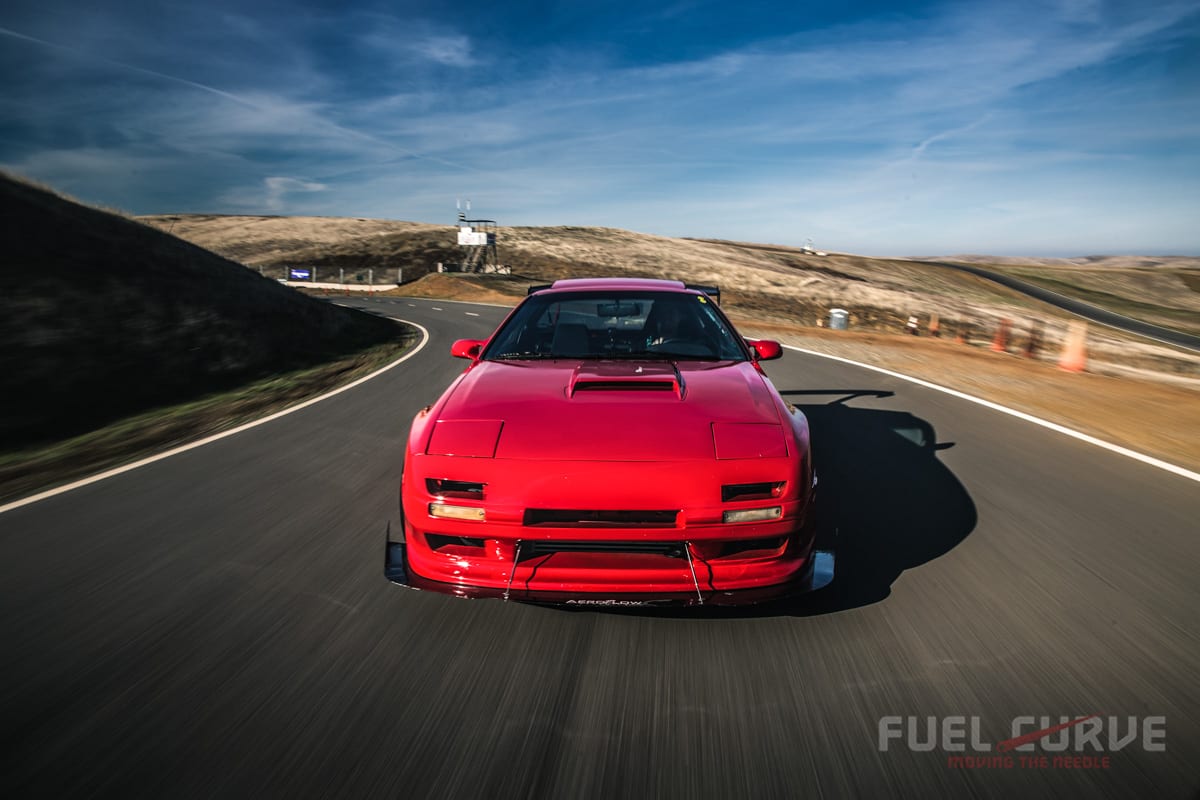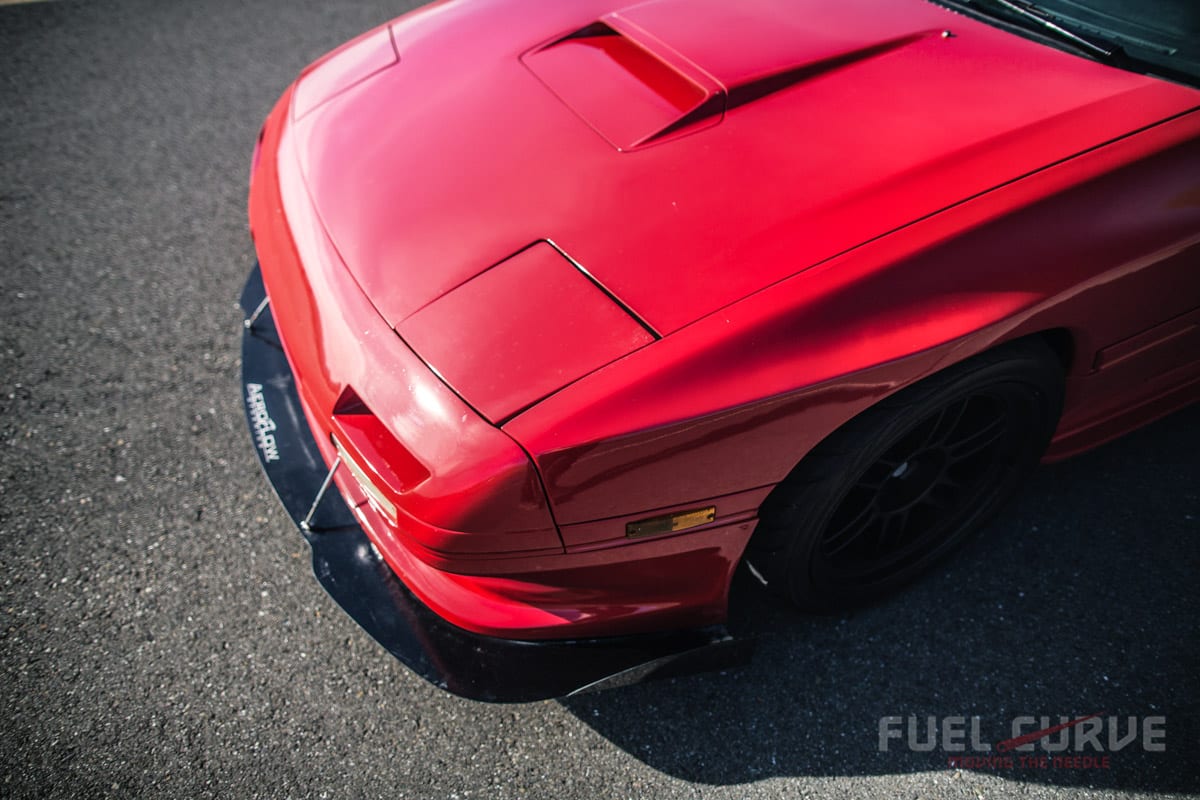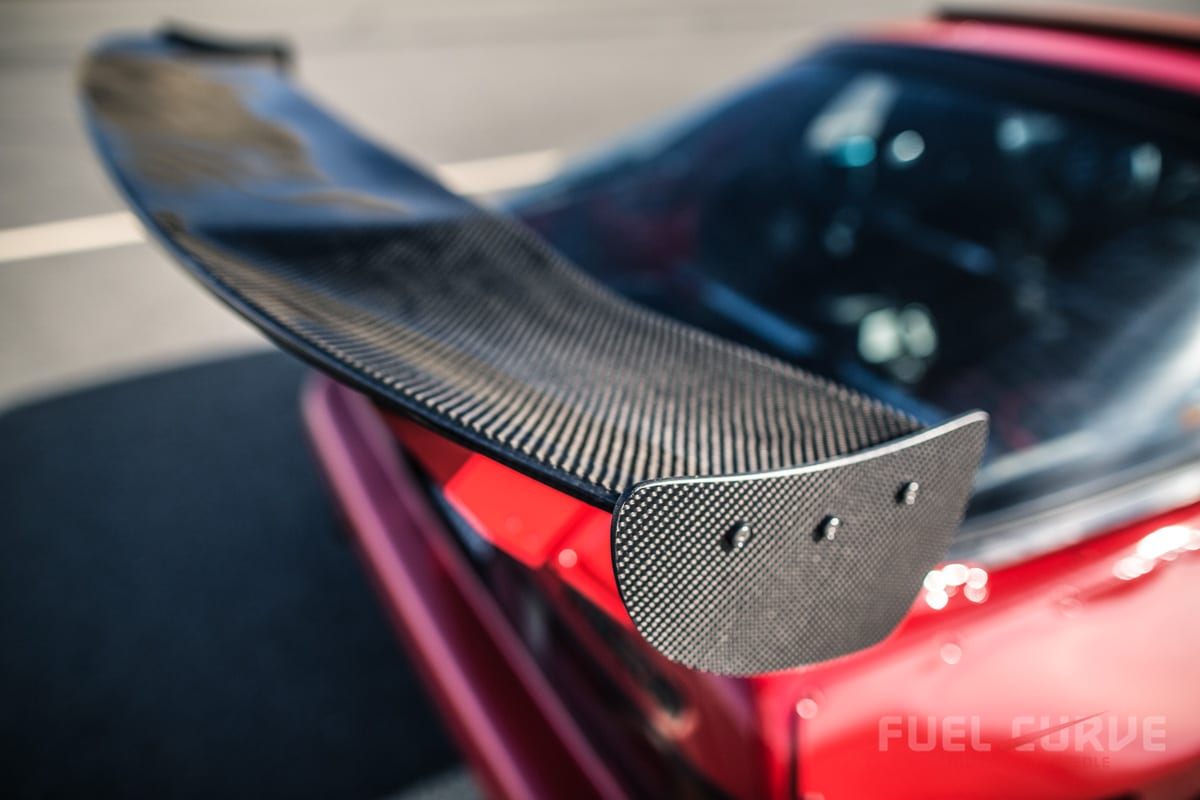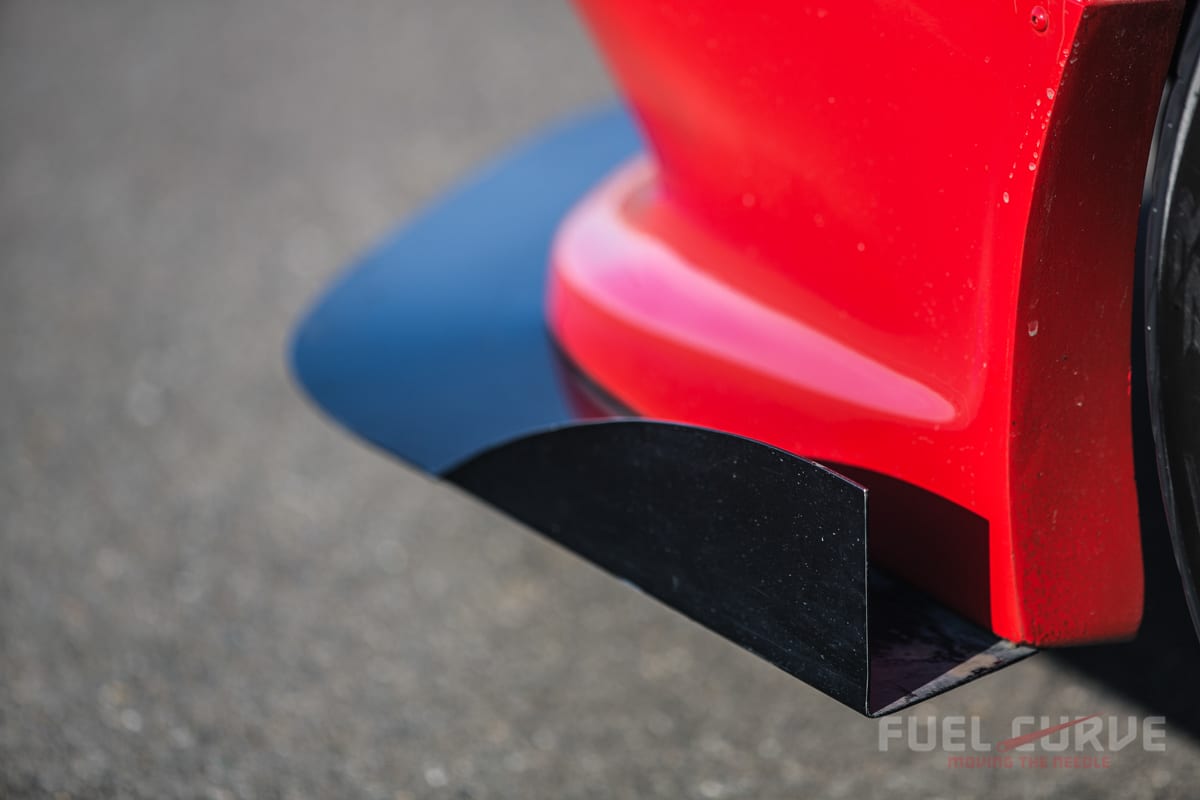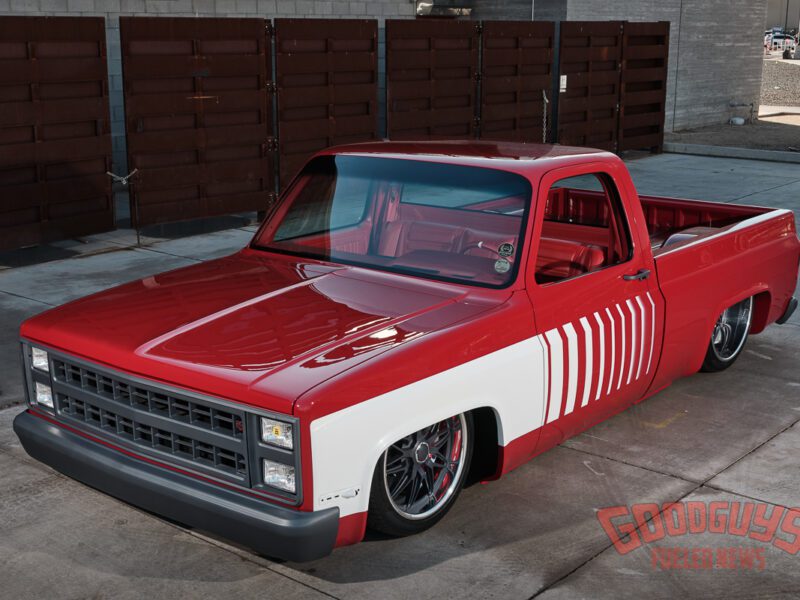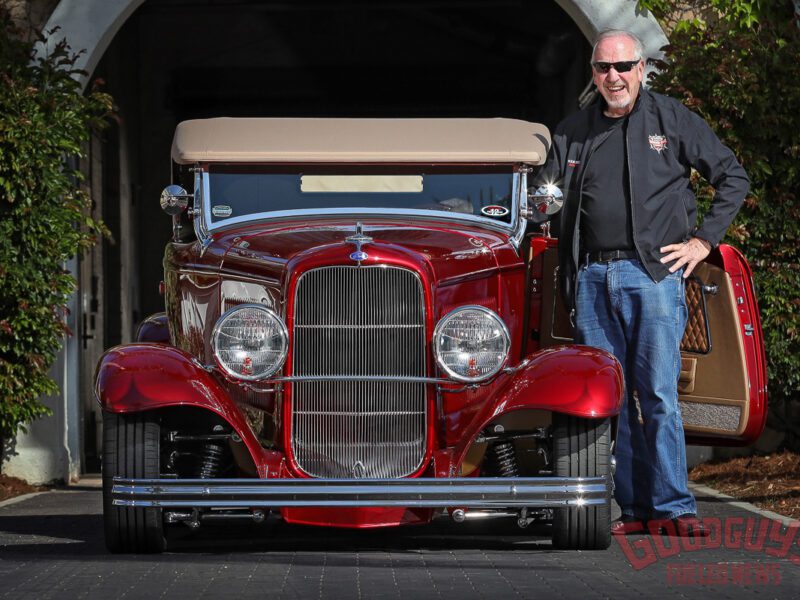Track Star, This 1989 Mazda RX7 is Pure 80s
When we heard Matt Hines’ widebody FC3S buzzing by at Thunderhill lap after lap, we wanted to take a closer look. After all, it’s not all that often that you see an 1989 Mazda RX7 at the track that’s retained its rotary powerplant.
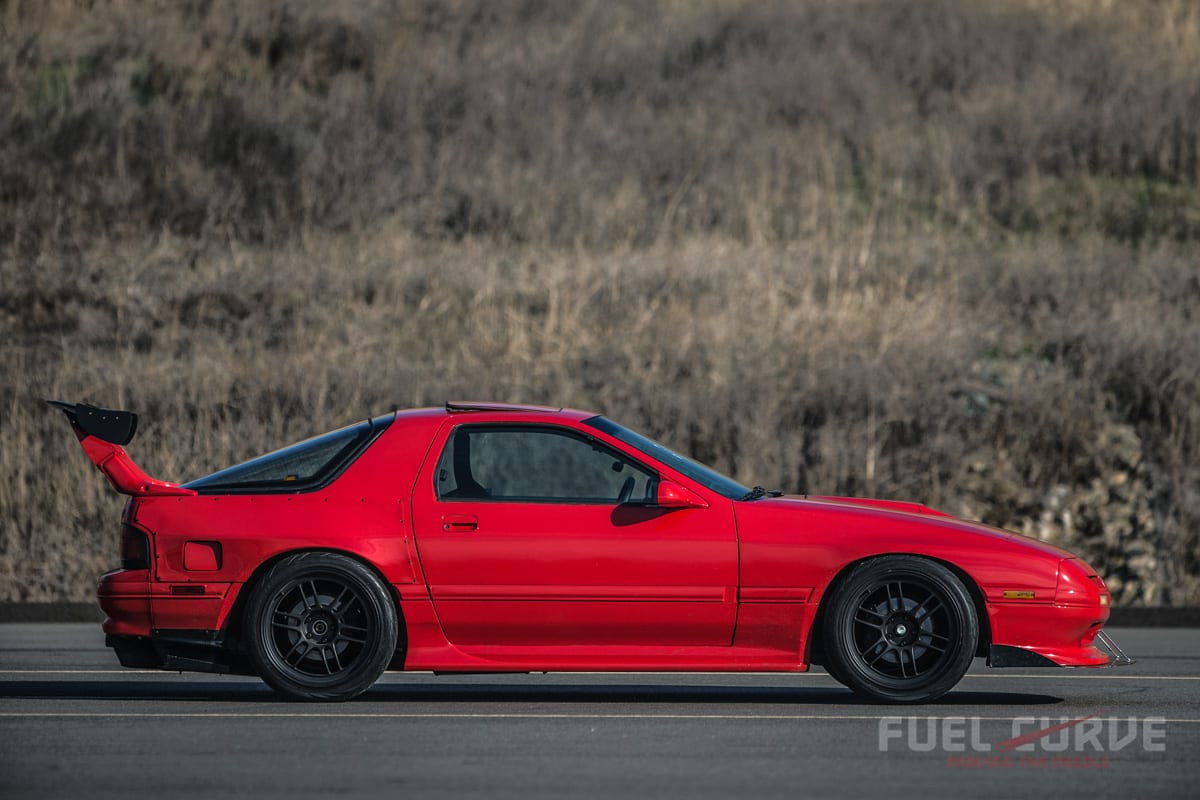
 The 13B isn’t historically what you’d call a reliable motor, but given the proper attention there’s no reason these cars can’t be pushed. Besides, the power you can get out of the tiny Wankel motor is pretty impressive.
The 13B isn’t historically what you’d call a reliable motor, but given the proper attention there’s no reason these cars can’t be pushed. Besides, the power you can get out of the tiny Wankel motor is pretty impressive.
 They’re massively torquey, high-revving, and compact — essentially, exactly what you’d like on a road course. The 13B has been known to power some insane drag cars, drift cars, and pretty much anything you can imagine.
They’re massively torquey, high-revving, and compact — essentially, exactly what you’d like on a road course. The 13B has been known to power some insane drag cars, drift cars, and pretty much anything you can imagine.
The motor has a cult following, their main belief being that if you ditch the rotary engine in an RX7, you’ve essentially ripped out its soul.
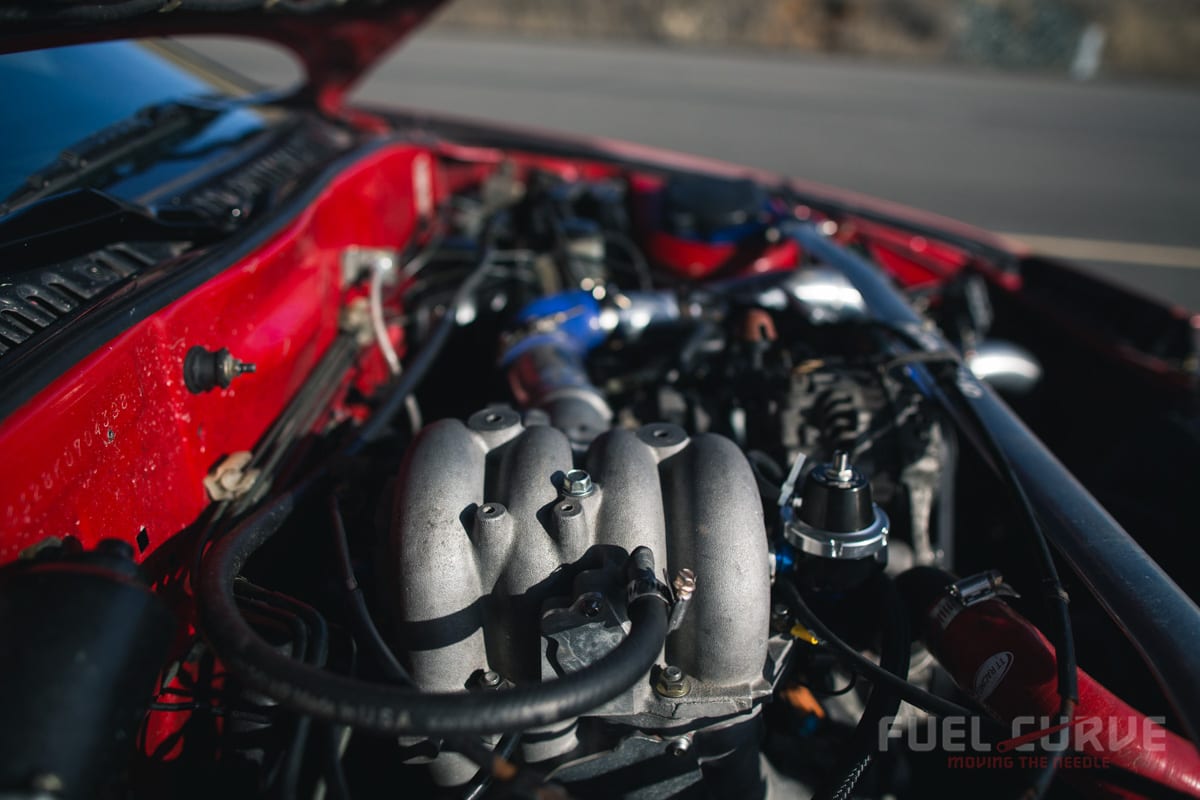 As such, when Matt picked up the car a few years back, completely blown, he decided he’d stick with it, learn about the 13B, and get it back on its feet. He tells us he didn’t know anything about his 1989 Mazda RX7 chassis when he bought the car but instead of that being a deterrent, it just made the car more appealing to Matt. We’ve all spent time tinkering in the garage, and there’s a certain satisfaction with that.
As such, when Matt picked up the car a few years back, completely blown, he decided he’d stick with it, learn about the 13B, and get it back on its feet. He tells us he didn’t know anything about his 1989 Mazda RX7 chassis when he bought the car but instead of that being a deterrent, it just made the car more appealing to Matt. We’ve all spent time tinkering in the garage, and there’s a certain satisfaction with that.
Seeing as how the motor that came with the car was spent, an easy, proven solution would be to drop an LS in and call it a day. But Matt stuck to his guns and spent a solid 15 months building the car for the track.
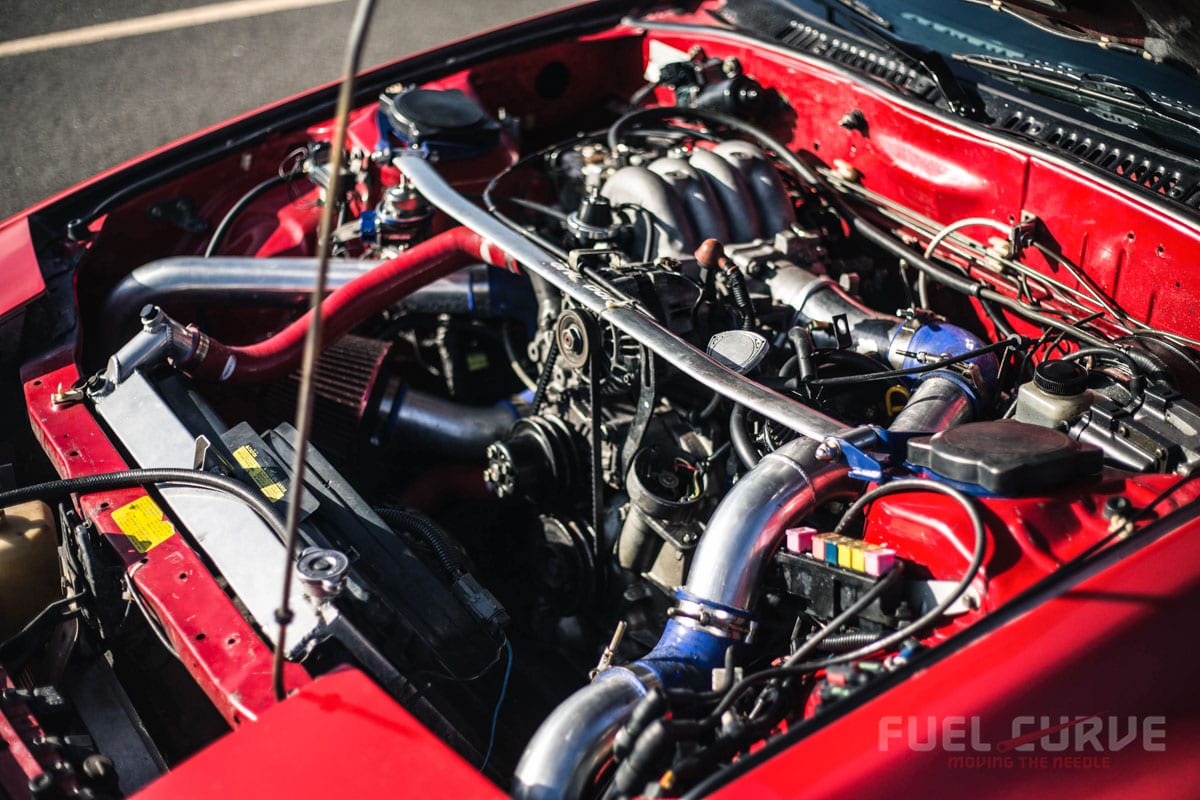 The engine was revamped with an Adaptronic S5 standalone ECU which manages a Walboro 455 fuel pump and 500cc primary injectors with 2000cc secondaries. All of this fuel delivery is necessary to keep the engine happy with all of the boost from the BNR stage 3 turbo.
The engine was revamped with an Adaptronic S5 standalone ECU which manages a Walboro 455 fuel pump and 500cc primary injectors with 2000cc secondaries. All of this fuel delivery is necessary to keep the engine happy with all of the boost from the BNR stage 3 turbo.
With the rebuilt, street-ported 13B at the heart of it all, Matt selected Shine Auto overfenders, added some more aggressive side skirts, a big front splitter, rear diffuser, and that massive wing.
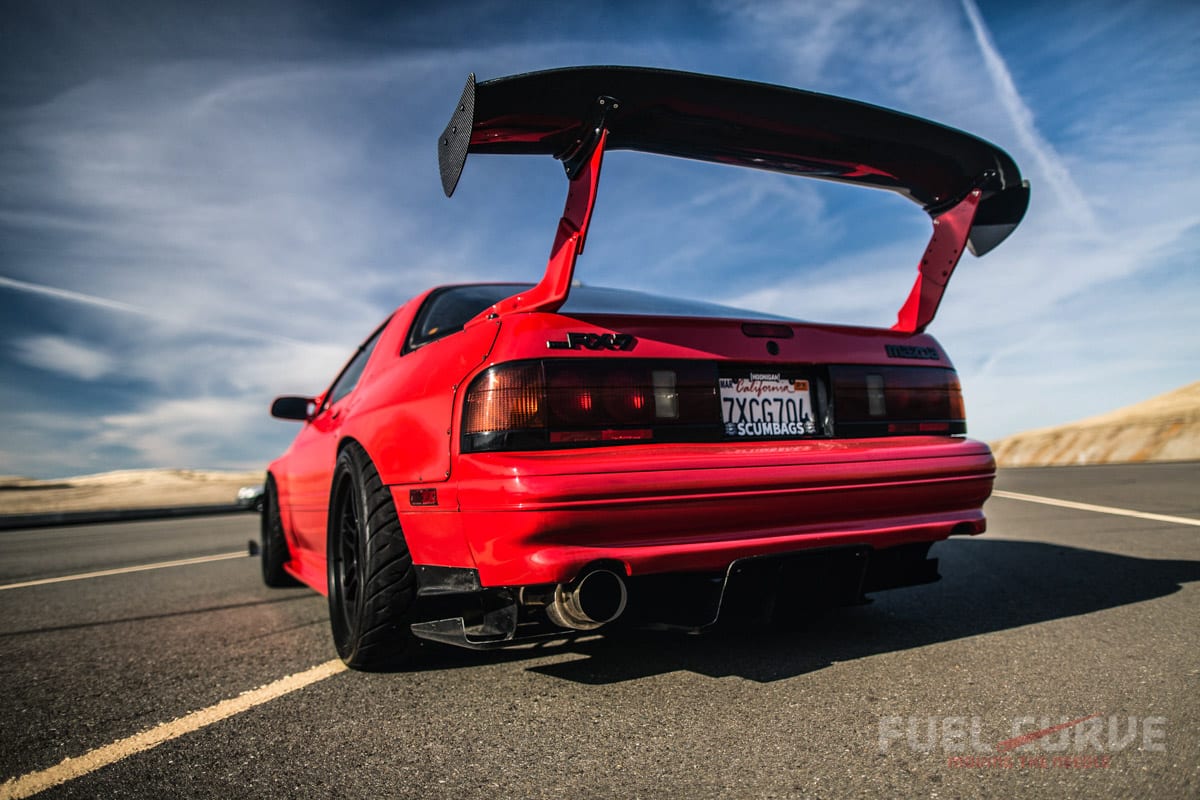
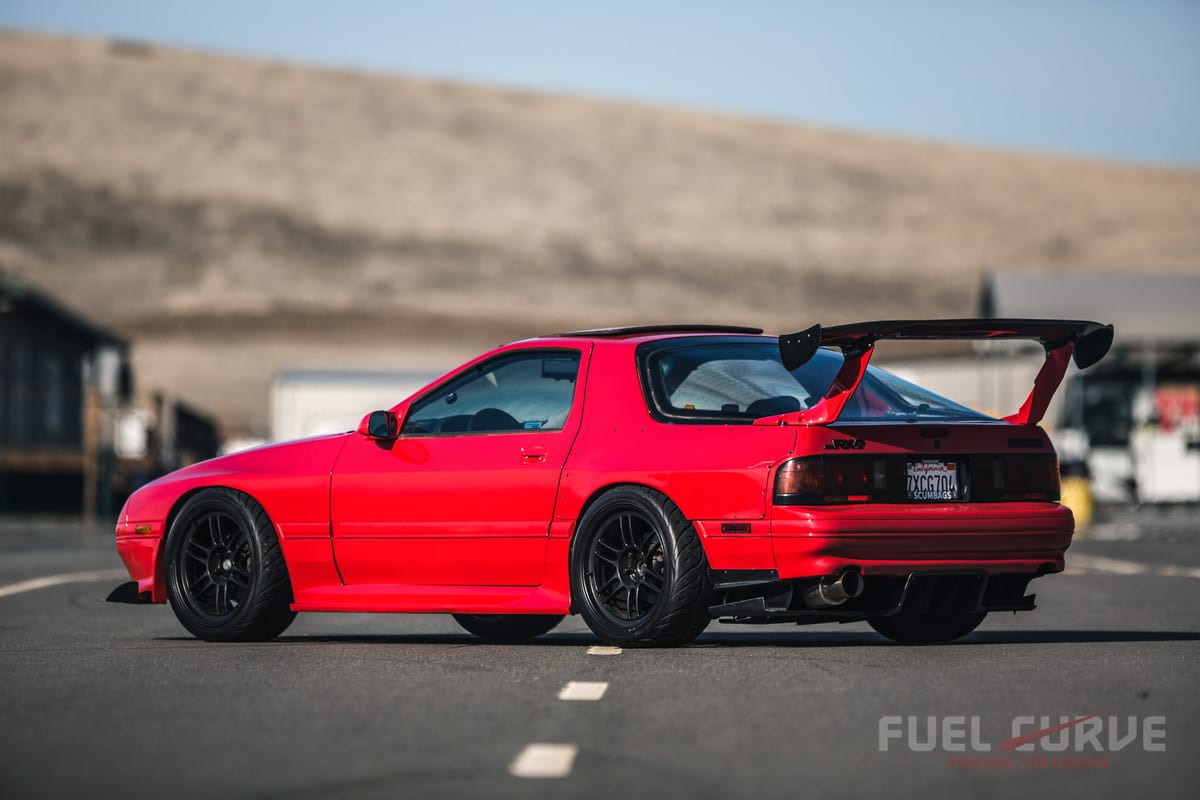 Of course, a track car is more than a body kit and an expensive wing. Lightweight Enkei RPF1 wheels have been chosen in 18” diameter by 9.5-inches; the widened fenders help house meaty and grippy 265/35 series tires.
Of course, a track car is more than a body kit and an expensive wing. Lightweight Enkei RPF1 wheels have been chosen in 18” diameter by 9.5-inches; the widened fenders help house meaty and grippy 265/35 series tires.
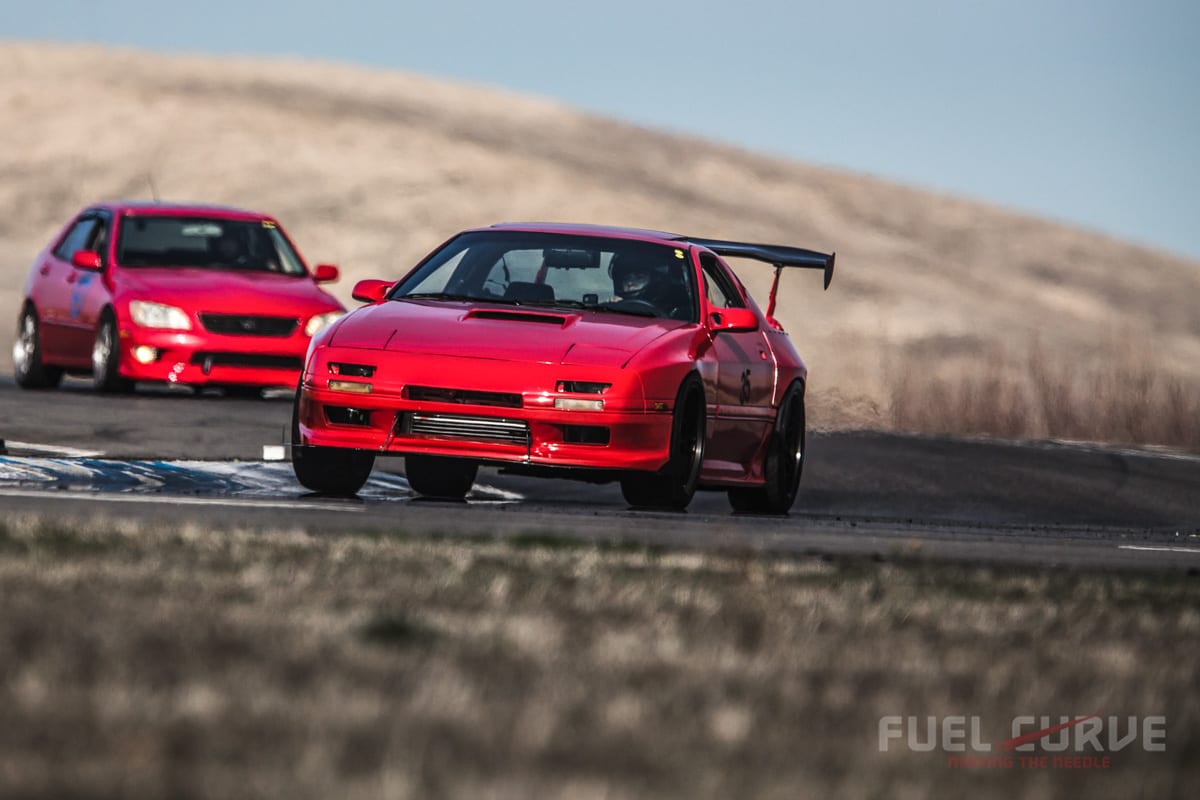 Suspension has also thoroughly been gone through, with polyurethane bushings all around and Megan Racing coilovers that Matt tells us he’d like to upgrade soon. He’s also opted for some Power by Max camber arms and trailing links. Reliability mods are also a must, and a Koyo N-flow radiator and electric fan were selected to keep the temps down.
Suspension has also thoroughly been gone through, with polyurethane bushings all around and Megan Racing coilovers that Matt tells us he’d like to upgrade soon. He’s also opted for some Power by Max camber arms and trailing links. Reliability mods are also a must, and a Koyo N-flow radiator and electric fan were selected to keep the temps down.
 Of course, safety is really the most important thing at the track. A Corbeau seat keeps Matt snug while Takata harnesses keep him firmly in place, even in the event of a mishap. While OEM solutions will pass tech at an amateur track day, a little added security in an older car is never a bad idea. Toss on a helmet, and you’re ready to hit the circuit.
Of course, safety is really the most important thing at the track. A Corbeau seat keeps Matt snug while Takata harnesses keep him firmly in place, even in the event of a mishap. While OEM solutions will pass tech at an amateur track day, a little added security in an older car is never a bad idea. Toss on a helmet, and you’re ready to hit the circuit.
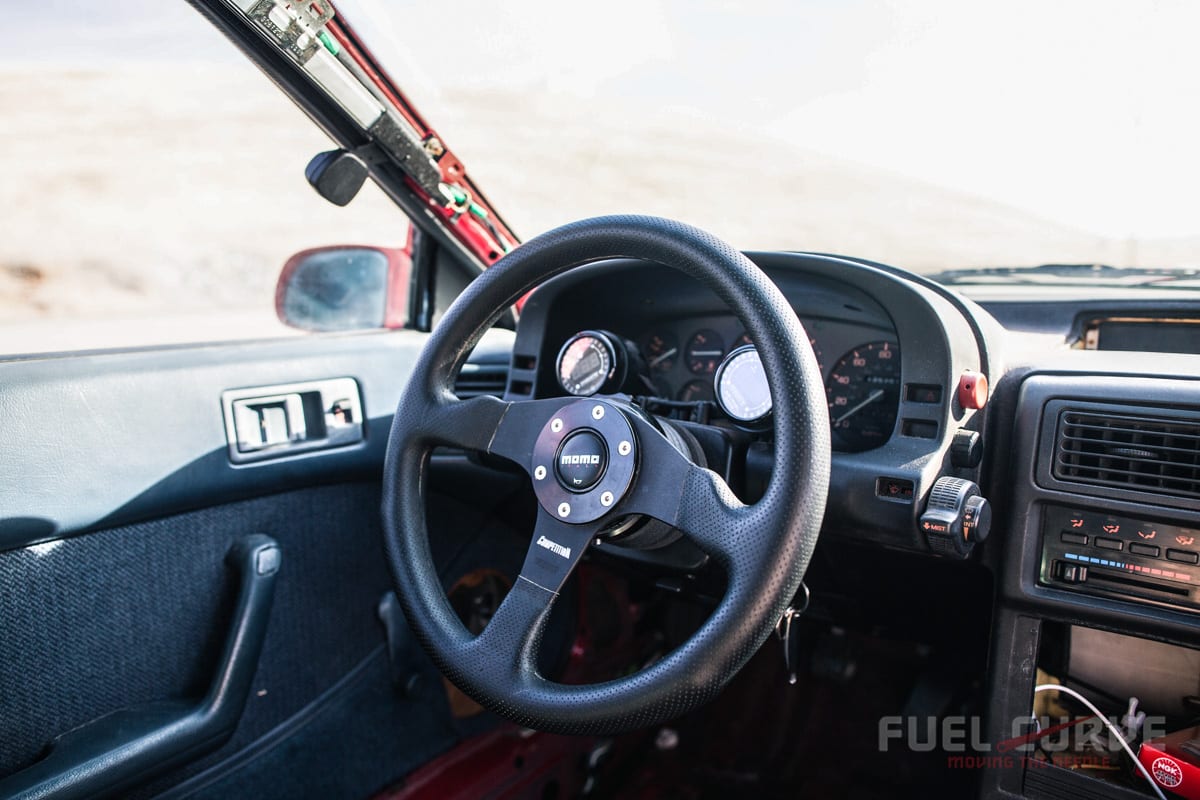 Other details like a Momo steering wheel and a short throw shifter help improve driver feel and feedback, be it on a back road or the track. And, naturally, a full catless exhaust has been fitted to the car, a Corksport setup with a Racing Beat pre-silencer.
Other details like a Momo steering wheel and a short throw shifter help improve driver feel and feedback, be it on a back road or the track. And, naturally, a full catless exhaust has been fitted to the car, a Corksport setup with a Racing Beat pre-silencer.
 All-in-all, Matt’s 1989 Mazda RX7 is a complete and functional track car, but one that’s not so insane you can’t drive it around town or hit up the twisties if you’re so inclined.
All-in-all, Matt’s 1989 Mazda RX7 is a complete and functional track car, but one that’s not so insane you can’t drive it around town or hit up the twisties if you’re so inclined.

